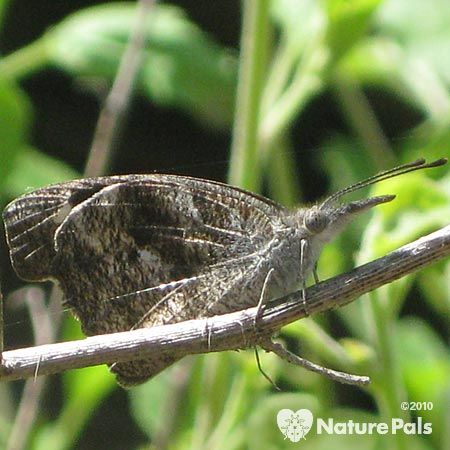by Regina Cutter Edwards – Entomologist
For most of us, we have encountered the moment when we see the most beautiful or unique butterfly we have ever seen on a flower and we wonder, “What kind of butterfly is that?” There are a few basic characteristics that can help identify butterfly families and begin to answer the important question as to what butterfly is visiting those flowers.
The process of identifying butterfly families can be challenging. It is important to understand nomenclature, the systematic naming of organisms or groups of organisms. Most names are Latin rooted and standardized worldwide for consistency in the science community.
Taxonomy is the process of classifying organisms. Learning basic butterfly family characteristics will help in identifying butterflies. In understanding nomenclature, communication will be easier with other butterfly enthusiasts at home and around the world.
ID Guide for Five Butterfly Families
This article will focus on identifying four butterfly families and one family of skippers. These are not the only families and these families can be separated into subfamilies.
1. Hesperiidae Family
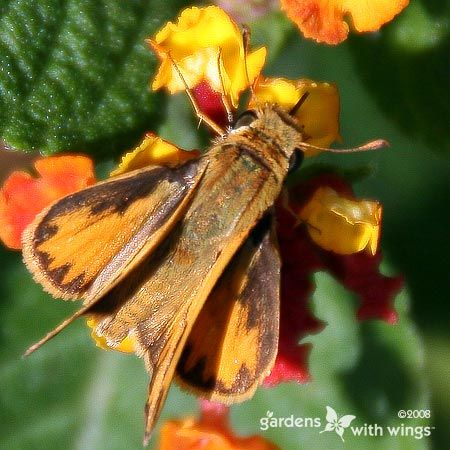
This family includes the skippers, they have hooked ends on their antennae instead of knobs. Their flight is very quick and they appear to skip from flower to flower. Many rest their wings at odd angles compared to a butterfly. The caterpillar’s bodies are smooth with large heads and a constricted “neck.” They feed primarily on grasses. Explore the similarities and differences between skippers and other Lepidopterans.
2. Nymphalidae Family
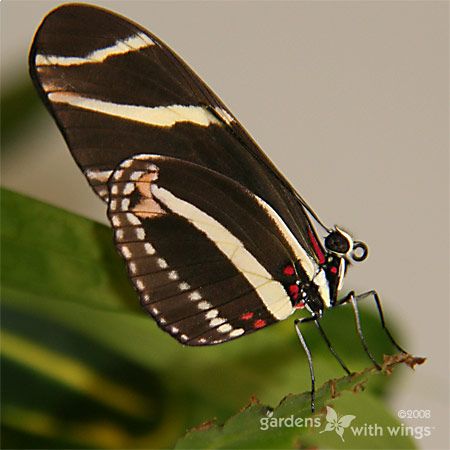
This family is referred to as the brush-footed, meaning the front pair of legs is reduced in size. They walk using only their middle and hind legs; they sometimes appear to only have four legs. It is one of the largest families and includes many common butterflies. The family is very diverse and can be separated into many subfamilies. The caterpillars are all physically different and they feed on many types of plants and trees. A few butterflies in this family include Monarchs, Snouts, Longwings, Fritillaries, and Mourning Cloaks.
Depending on the resource, butterflies that are in subfamilies such as Libytheinae (Snouts) or Danainae (Milkweed butterflies) may be represented in their own families, Libytheidae and Danaidae. Don’t get discouraged, this is a common disagreement among scientists who have their own opinions of how species should be classified.
3. Papilionidae Family
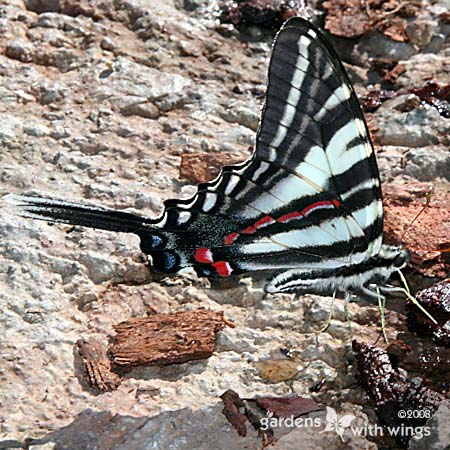
This family consists of swallowtails and parnassians. Swallowtails commonly have one or more tail-like features on their hind wings and many are large and colorful. Parnassians lack tails and have translucent wings. All of the butterflies in this family visit flowers for nectar. Some of the largest butterflies in the world, such as the Birdwing butterflies are also included in this family; they do not have tail-like features.
The caterpillars’ bodies are smooth and many have eyespots or look similar to bird droppings. They feed on a variety of plants including herbs, Pipevines, and a variety of trees. The swallowtail caterpillars also have an osmeterium a scent gland that protrudes from their head. This is part of their defensive behavior to frighten away potential predators.
4. Pieridae Family
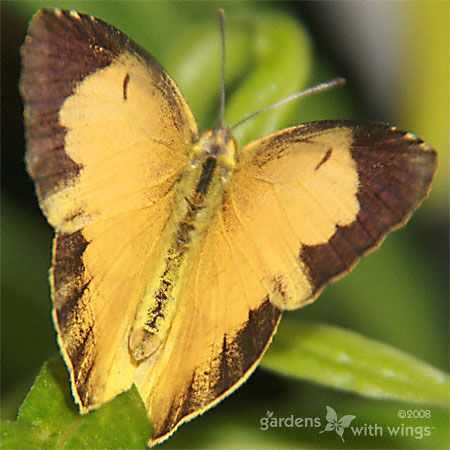
This family includes the sulphurs and whites. They are usually small to medium-sized butterflies and are mostly white and/or orange colored. Their chrysalides are long and narrow-shaped and are attached with a silk thread at the center of the chrysalis. A majority of the caterpillars feed on crops while some utilize trees as their host plant. These butterflies commonly participate in mass migrations. Examples of some butterflies in this family include Cabbage White, Sleepy Orange, and Clouded Sulphur.
5. Lycaenidae Family
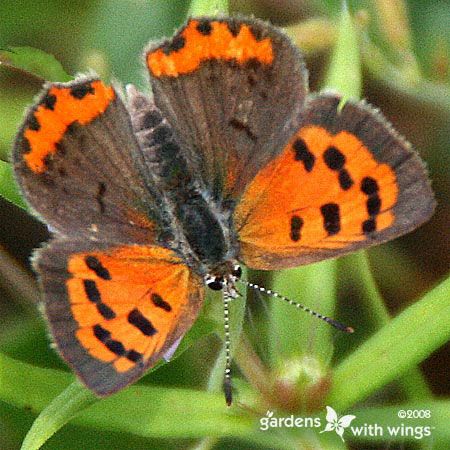
This family consists of the blues, coppers, hairstreaks, and harvesters. They are sometimes referred to as the Gossamer Wings. The butterflies are small with narrow bodies and the wings are usually brightly colored. They sometimes have small wing protrusions that resemble small tails. It is common to see white rings around their antennae and white around their eyes.
The caterpillars are flat and have a slug-like shape. They feed on a variety of plants while some bore into fruit or seeds. Some, such as the Miami Blue, Cyclargus thomasi bethunebakeri, have a symbiotic relationship with ants, the caterpillars secrete a honeydew substance that attracts ants and in return, the ants protect them from predators. The Harvester butterfly, Feniseca tarquinius, is predaceous in the larval stage and feeds on aphids, a garden pest. The small Eastern Tailed-Blue is a beautiful butterfly included in the family Lycaenidae.
Embrace the Challenge: Butterfly Identification Awaits
Having the knowledge and ability to narrow your identifications to the family classification level will give you a great start in identifying butterflies. Many field guides classify butterflies by family so this is a beginning point to identifying that beautiful butterfly on the flower. The next time you are relaxing with the flowers and butterflies, think of the basic families and their unique characteristics. Before long, you will be bragging about all the Nymphalids that were on the Milkweeds and explaining why the ants congregate with the Lycaenids.
You May Also Be Interested In:
- Help to identify a butterflies
- Discovering the Body of Butterflies
- What Happens to Butterflies and Caterpillars in the Winter?
Photo Credits: Bud Hensley and Fred Miller
References:
Borror, D. J., Triplehorn C.A., Johnson, N.F. 1992. Order Lepidoptera butterflies and moths. An Introduction to the Study of Insects (6th Ed). New York: Saunders College Publishing. pg. 588-664.
Saarinen, E.V. and Daniels, J.C. 2006. Miami blue butterfly larvae (Lepidoptera: Lycaenidae) and ants (Hymenoptera: Formicidae): new information on the symbionts of an endangered taxon. Florida Entomologist 89(1):69-74. Accessed 2009 Feb 5. https://www.bioone.org/doi/full/10.1653/0015-4040%282006%2989%5B69%3AMBBLLL%5D2.0.CO%3B2
